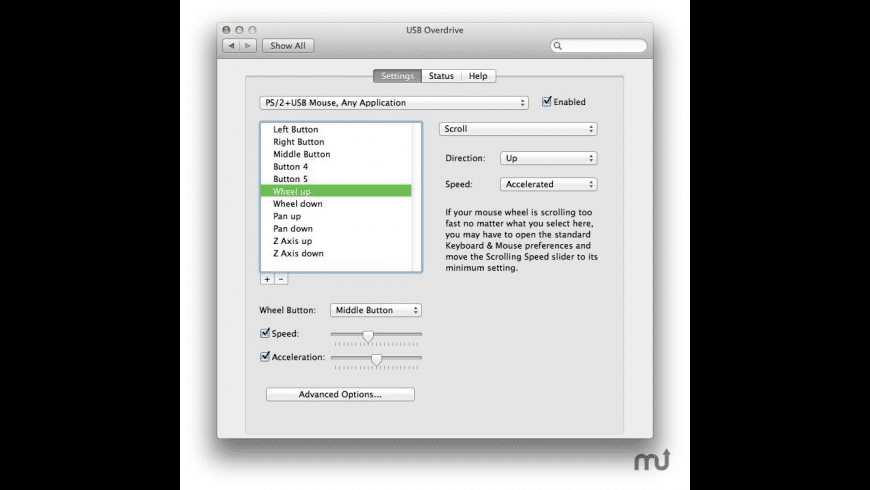Pity Party Mac OS
One of the earliest written instances of pity party, a colloquial American English expression, was in “Pity Party,” a 1978 song by American country singer Barbara Mandrell. In it, she sings about “having a pity party” after her lover leaves her, at times portraying her loneliness as if she’s actually throwing a sad party for herself. About This Game Pity Pit is a procedural 2D platformer about digging blocks, crafting powerful tools & dangerous bombs, reaching the core of the Earth to defeat the Devil and rescue Gwendalina! -2D platforming action.
The Get a Mac advertisements follow a standard template. They open to a minimalist all-white background, and a man dressed in casual clothes introduces himself as an Apple Macintosh computer ('Hello, I'm a Mac.' ), while a man in a more formal suit-and-tie combination introduces himself as a Microsoft Windows personal computer ('And I'm a PC.' Classic Mac OS and macOS: ⌥ Opt+7; Linux: Compose⇧ Shift+PP; Linux and Chrome OS: Ctrl+⇧ Shift+UB6 (Chrome-OS with UK-International keyboard layout: AltGr+r). HTML: ¶ (introduced in HTML 3.2 (1997)), or ¶ Vim, in insert mode: Ctrl+K PP; TeX: P; LaTeX: P or textpilcrow. Apple iPhones and iPads may require additional software. The 'classic' Mac OS is the original Macintosh operating system that was introduced in 1984 alongside the first Macintosh and remained in primary use on Macs until the introduction of Mac OS X in 2001. Apple released the original Macintosh on January 24, 1984; its early system software was partially based on the Lisa OS and the Xerox PARC Alto computer, which former Apple CEO Steve Jobs.
Apple has a built-in way to protect you from opening up potentially malicious apps on your computer in Mac OS X. This setting, named Gatekeeper, will never stop you from installing apps from the Mac App Store, but it can help prevent helps from being installed that are not a part of the Mac App Store. However, if you get a security warning and still want to install the app, here is how to do it.
Choosing Your Gatekeeper Options
Open up your 'System Preferences' and head to 'Security & Privacy.'
In the 'General' tab, you'll see a section called 'Allow apps downloaded from.' In order to change these settings, you'll have to click on the lock icon below and input your admin password. Once that's out of the way, you can choose between three options:
Mac App Store
Mac App Store and identified developers
Anywhere
Just the Mac App Store
The safest option to choose here would be the 'Mac App Store,' since Apple reviews all apps that are accepted in their store and can remove them quickly if necessary. You will know that your Mac will be as free as possible from malware if you use this option only.
Mac App Store & Trusted Developers
The next option also trusts apps from 'identified developers,' which are developers with a unique Developer ID from Apple who have their apps signed digitally. This is the preferred option, since Apple can verify that there has not been any tampering with the apps since they were signed.
Apps from Anywhere
The last option, 'Anywhere,' removes Gatekeeper's blocking capabilities on your Mac, letting you install and open any app off the internet, including Automator apps made by individuals. Sometimes Apps that fall in this category contain malware, We do not recommend using this option and instead recommend using the 'identified (trusted) developers' option above and okay installation of apps missing a Developer ID on a case-by-case basis.
Trusting Apps on a Case-by-Case Basis
If you have the 'Mac App Store and identified (trusted) developers' option selected, then when you download an app without a Developer ID and try to open it, you'll get the following warning.
'App Name' can't be opened because it is from an unidentified developer

To bypass this restriction, select 'OK' on the popup to close it, then go into the 'Security & Privacy' section in your 'System Preferences.' Below the Gatekeeper options in the 'General' tab, you will see the app that was blocked from opening. To trust it, select 'Open Anyway'.
An Even Shorter Way to Open Them

Pity Party Mac Os 11
If you do not want to go into Systems Preferences to open an app for the first time as shown above, then Control+Click on the app in the Finder, then select 'Open.' You will see a new popup asking if you're sure you want to run the app on your Mac. Just hit 'Open' again and the App will launch as expected.